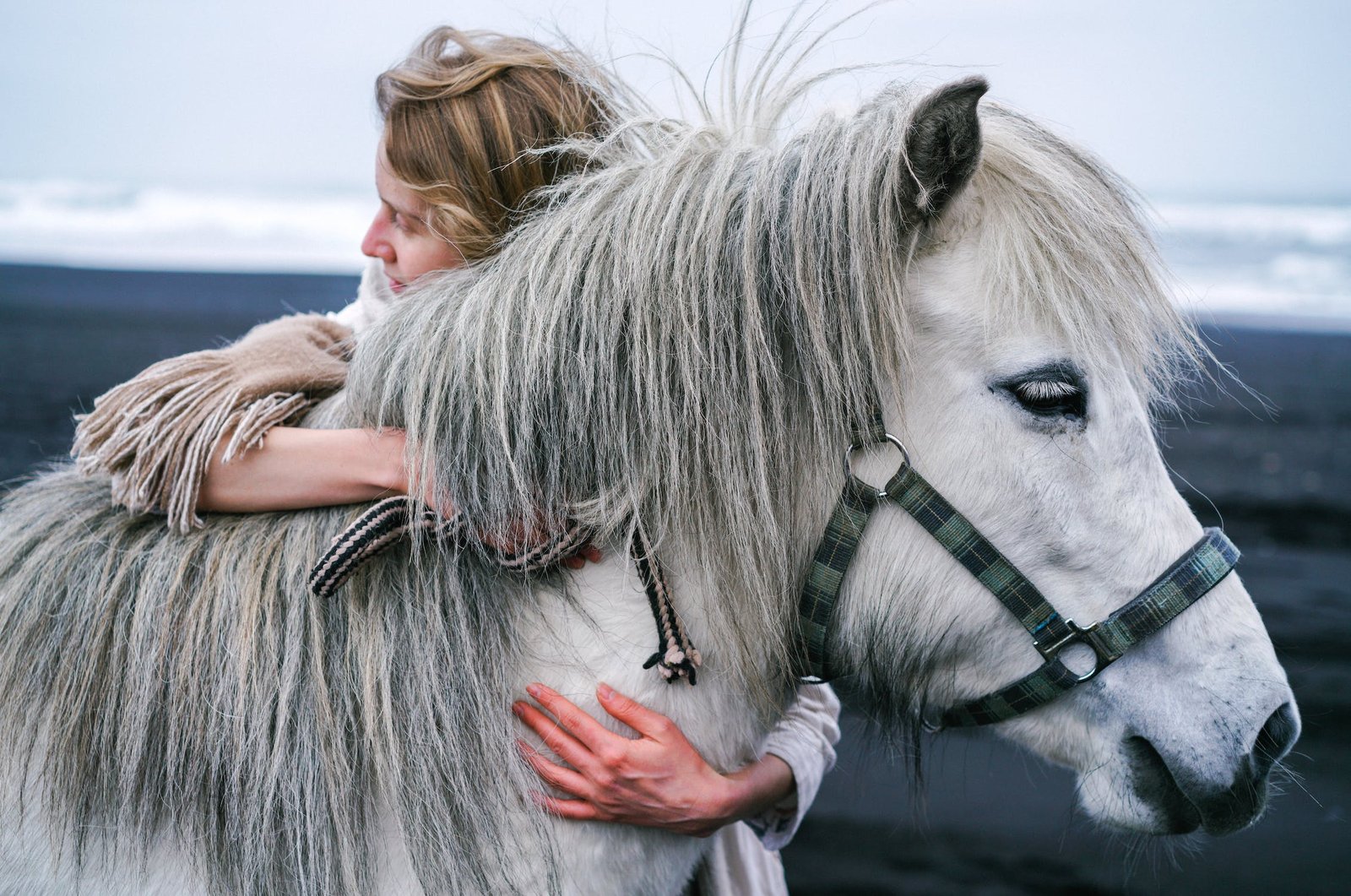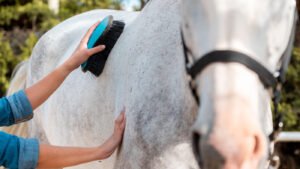
Bringing a new horse into your life is an exciting and rewarding experience, but it also comes with the responsibility of training your equine companion to be safe, well-behaved, and responsive to your cues. Whether you’re a first-time horse owner or an enthusiast looking to refresh your knowledge, this blog post will guide you through some fundamental horse training techniques to establish a strong foundation for a harmonious partnership with your horse.
1. Establishing Trust and Respect
Building trust and respect is the cornerstone of horse training. Your horse should see you as a benevolent leader, not a threat. Here’s how to cultivate these essential qualities:
- Spend quality time with your horse to create a bond. Activities such as brushing and hand grooming can foster a safe and loving relationship.
- Approach your horse calmly and avoid sudden movements.
- Be consistent in your actions and cues. Be deliberate in your movements – even holding the lunge whip a certain way sends a message!
- Use positive reinforcement, such as treats or praise, to reward desired behaviors – plus it gets them excited to see you come around ;).
- Always prioritize safety for both you and your horse.
Our favorite Grooming Tote
2. Groundwork: The Building Blocks
Before you even think about mounting your horse, groundwork is essential for teaching basic manners and establishing communication. Some critical groundwork exercises include:
- Leading: Teach your horse to lead calmly and respectfully beside you, stopping and starting when you do.
- Back Up: Teach your horse to back up on cue. This is useful for safety and establishing responsiveness.
- Stand Still: Train your horse to stand quietly when asked, whether for mounting, grooming, or other activities.
3. Lunging and Long Line
Lunging and long lining are valuable training tools that allows your horse to move in a circle around you while you control their speed and direction using a longe line and whip. This exercise helps with:
- Building obedience and responsiveness.
- Developing your horse’s balance and fitness.
- Strengthening the communication between you and your horse.
Our favorite Lunge Line and Caveson
4. Desensitization and Exposure
Expose your horse to various stimuli to desensitize them to potential sources of fear or spookiness. This includes introducing your horse to:
- Different environments (trail riding, arenas, etc.).
- Unfamiliar objects and sounds.
- Other animals and livestock.
- Vehicles and equipment.
Our favorite Flag Stick
5. Basic Riding Commands
Once your horse is comfortable with groundwork and desensitization, you can begin introducing basic riding commands under saddle. These include:
- Walk: Teach your horse to move forward calmly at a walk.
- Trot and Canter: Progress to trot and canter transitions when your horse is ready.
- Stop and Stand: Train your horse to halt and stand still when asked.
- Turns and Circles: Practice turns and circles to improve your horse’s balance and responsiveness.
- Lateral Work: Introduce lateral movements like leg yielding, sidepass, and shoulder-in to enhance your horse’s flexibility and responsiveness to your aids. Lateral work also contributes to improved overall coordination and suppleness.
6. Mounting and Dismounting
Proper mounting and dismounting are crucial for both your safety and your horse’s. Teach your horse to stand quietly when mounting and dismounting, and always use a mounting block for your own safety and to avoid straining your horse’s back.
7. Staying Calm Under Pressure
Exposing your horse to situations that might cause stress or excitement—such as noisy environments, traffic, or challenging terrain—will help them remain calm and responsive even in challenging situations.
Training your horse is a journey that requires patience, consistency, and a deep understanding of equine behavior. Remember that every horse is unique, and progress may vary. As a new horse owner, investing time in these basic training techniques will help you establish a strong foundation of trust and respect, setting the stage for a fulfilling and enjoyable partnership with your equine companion. Always seek guidance from experienced trainers or instructors when in doubt, and prioritize safety for both you and your horse throughout the training process.



